
Our team is focused on helping our customers with sales, project and technical enquiries.
For further enquiries contact:
01623 415900
View navigation
Product range
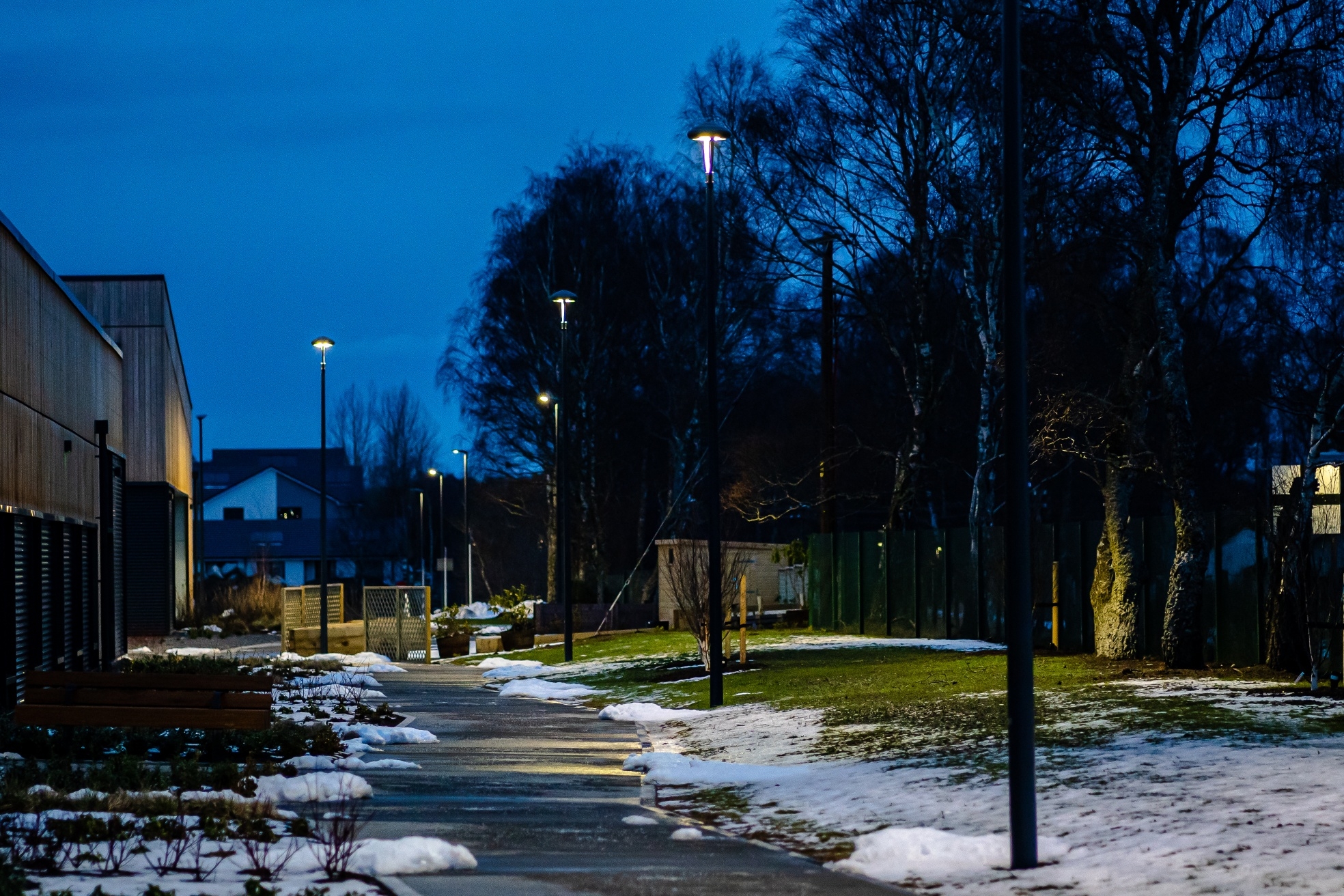
In simple terms, emergency lighting is lighting that’s activated in the event of the primary power supply becoming inactive or breached in any way.
There is a legal obligation for many new buildings to have emergency lighting installed upon development. To be more specific, emergency lighting is required in areas that are considered escape routes, large open areas, fire assembly points, pathways, building entrances and fire exits. There may be a requirement for further areas to have emergency lighting install, but this will depend on the layout and function of the site. Kingfisher has a wealth of knowledge in the area and can offer guidance and support to ensure British Standards and all relevant regulations are being met.
When a power outage occurs, there’s an increased chance the premises will need to be evacuated and therefore the need for clearly lit escape routes is essential. Without this illumination, personnel or member of the public are at risk of trips, falls or general injury.
In the event of an emergency, it is vitally important that first responders can effectively navigate their way around unfamiliar surroundings and get to the areas their services are most needed.
Effective emergency lighting, allows these teams to do just that, prioritising safety and allowing them to do their jobs in the most efficient way.
There are also many regulations in place that ensure emergency lighting is being used effectively. This includes the Management of Health and Safety at Work Regulations 1999, as well as numerous British Standards and fire safety and building regulation acts. It is important to follow these regulations to avoid conflict and potential fines. Again, our teams are well versed in these requirements and will help assess what is needed and where.
Non-maintained – This is dedicated emergency lighting that serves no other function. The luminaire will remain dormant unless being tested or its emergency function activated. This option is mostly used in internal lighting.
Maintained – This means that the luminaire performs as a normal light source as standard, and the emergency function is only activated if the power source becomes compromised.
The advantage of a maintained system is that fewer fittings are required, saving overall project and running costs and ensuring the site does not become awash with different types of luminaires.
In contrast to many internal fittings, our exterior lighting can often be fitted with emergency lighting modules, meaning additional ‘specialist’ fittings are not needed. Many of our bollards, post tops and wall mounted are offered with emergency capabilities, making sure the visual quality of your scheme is not compromised and additional investment is not needed.
We offer 3hr emergency capabilities in all fittings, with 3W packs for bollards and wall mounted fittings and 5W packs for more powerful fixtures.
Within the maintained category there are a few options of emergency packs, which can help to maximise the capabilities on your site:
Standard Emergency Packs – These are installed either internally within or occasionally externally to the fitting with a green LED charge light to show the system is charged and ready. The emergency lighting is activated when a loss of main power is detected.
Self-test Emergency Packs – This system offers the advantage of (as it says in the name), a self-test function. Using a simple CPU, the system performs analysis on the functionality and indicates the results using red or green LED indicators. This allows faults to be identified and rectified quickly and efficiently.
DALI Emergency Packs – This system is connected to the CMS system of the building, which reports directly to the operator when a fault has occurred. Which reduces inspection regularity and helps to prompt quick action to resolve any issues.
It is important to remember that all systems, no matter the type, a visual inspection and physical inspection of each fitting is required to maintain a safe system and comply with relevant regulations.
In conclusion, emergency lighting can be a minefield to navigate, but with guidance from the experts, you can get the right system for your project ensuring the right level of protection is achieved.
Find out more by contacting sales@kingfisherlighting.com
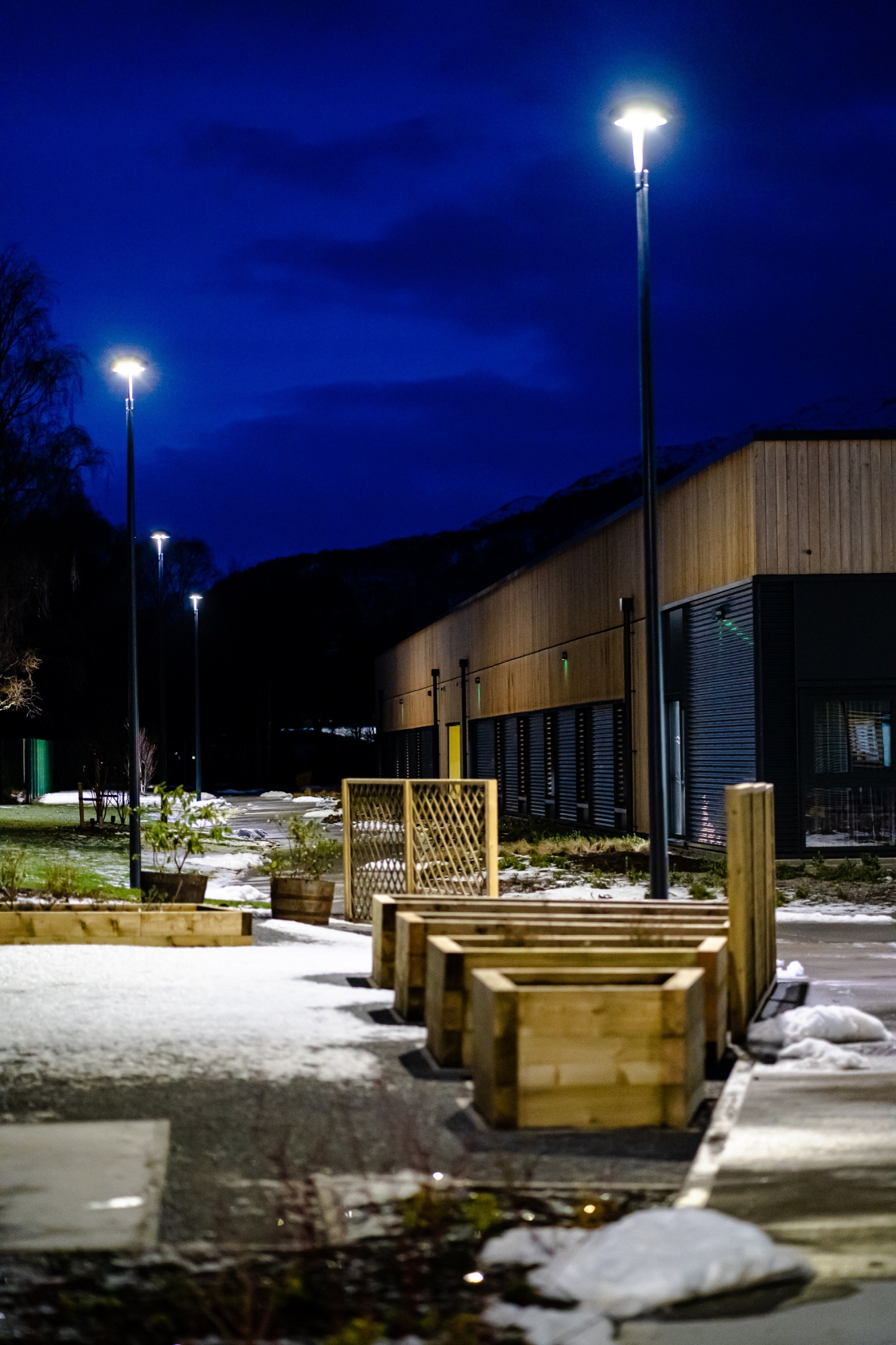
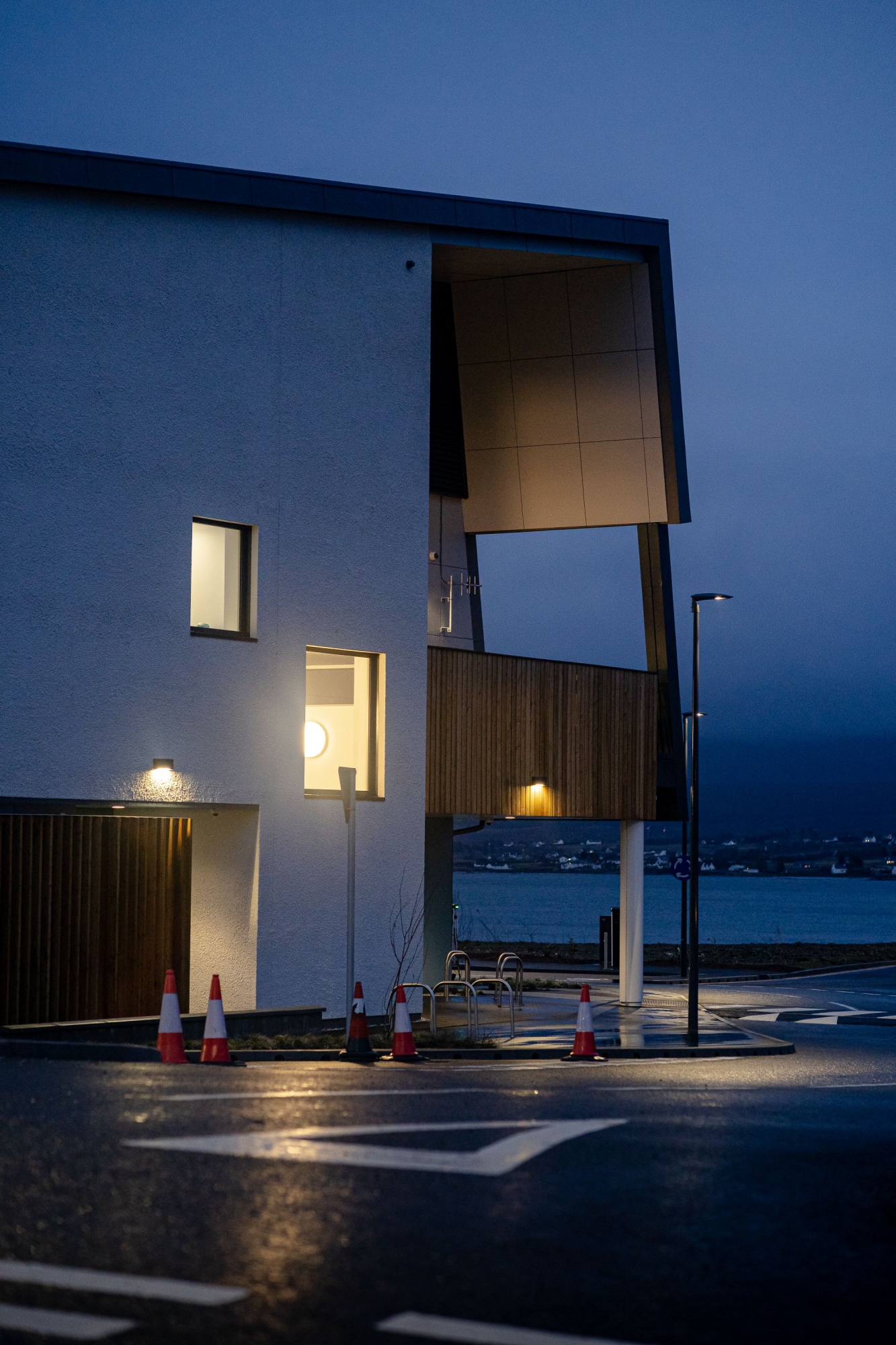
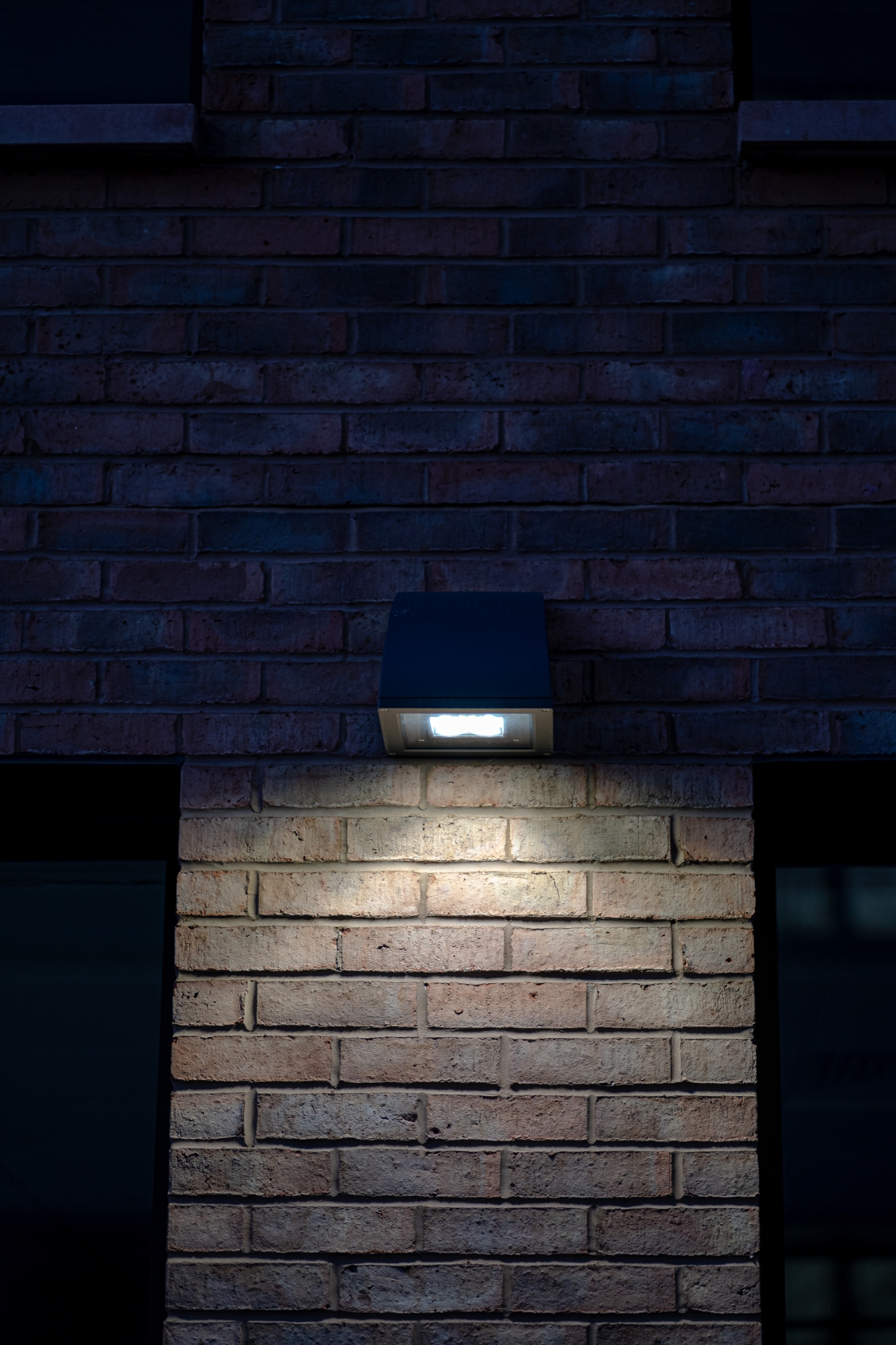
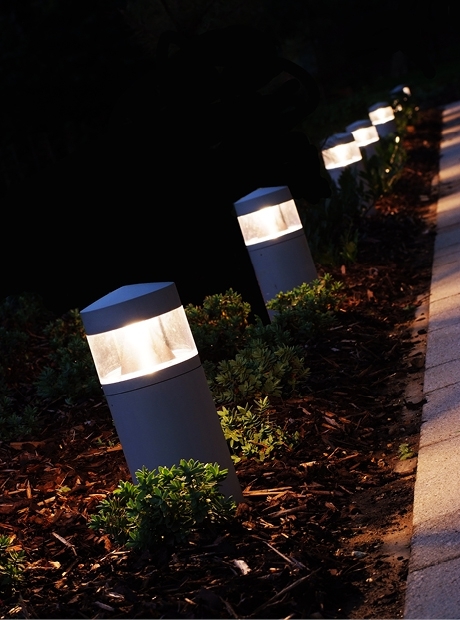
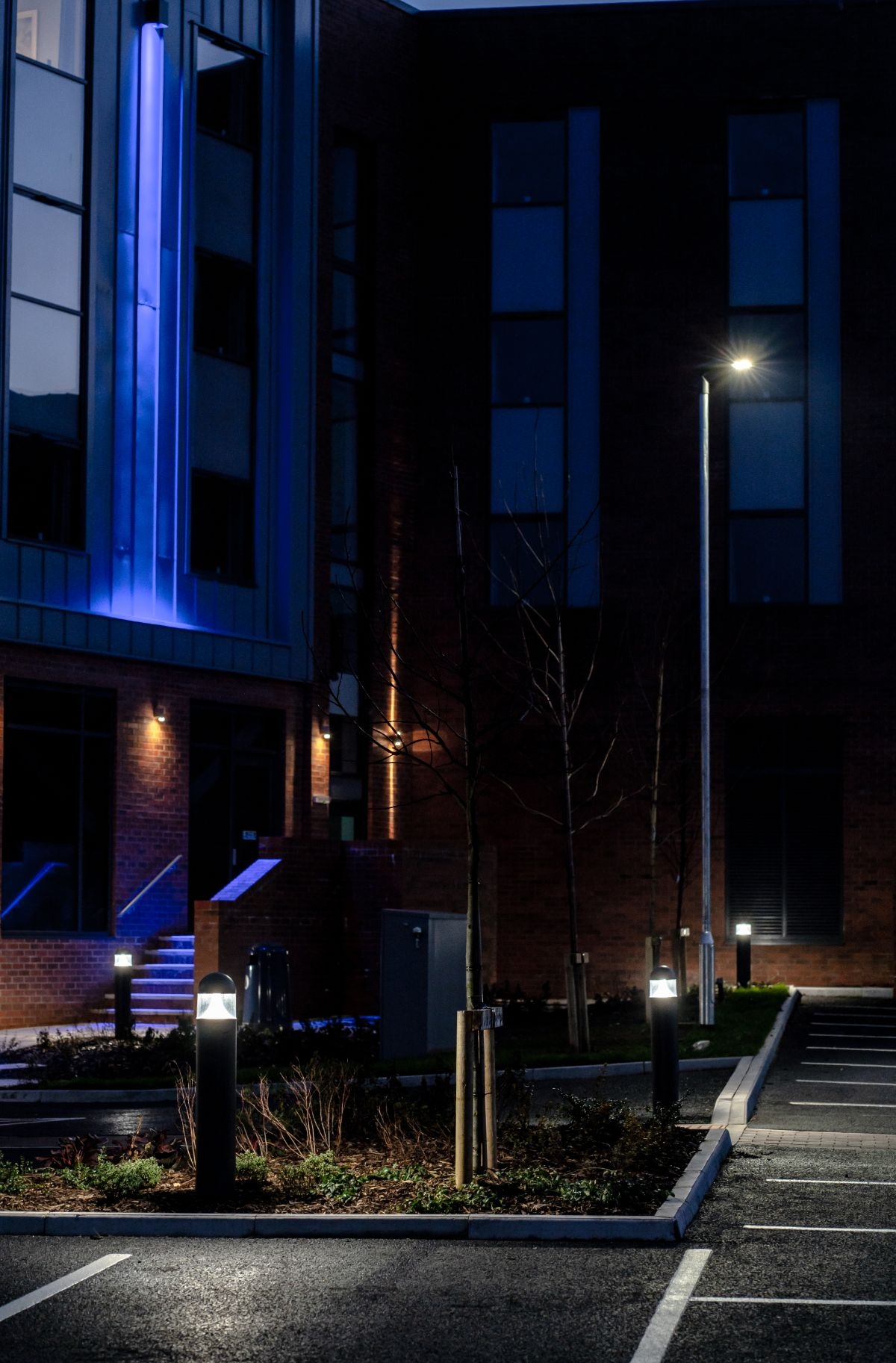
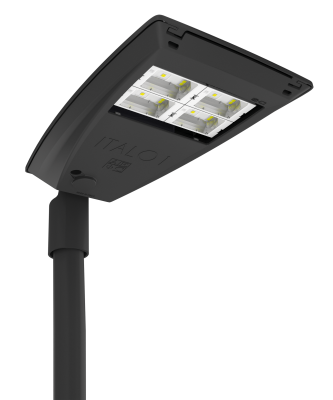
Technical street lighting
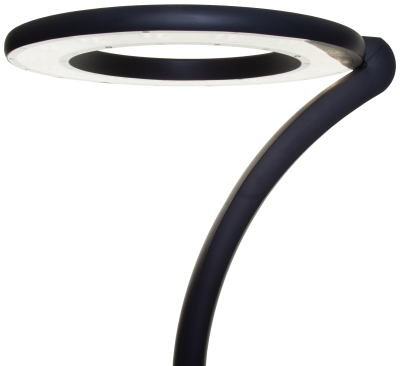
Comprehensive range
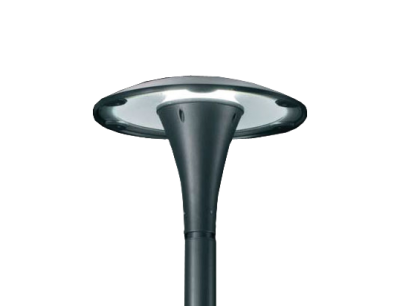
Italian design
Kingfisher Lighting is a registered trademark and member of the Luceco plc group of companies.